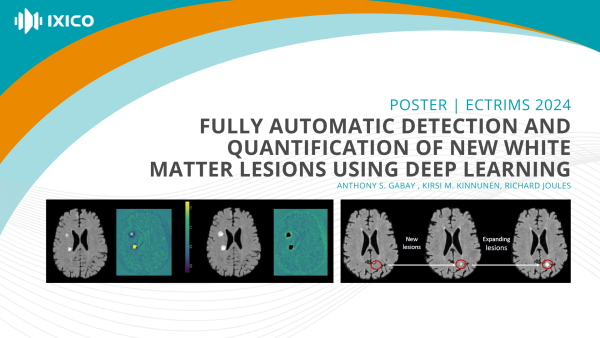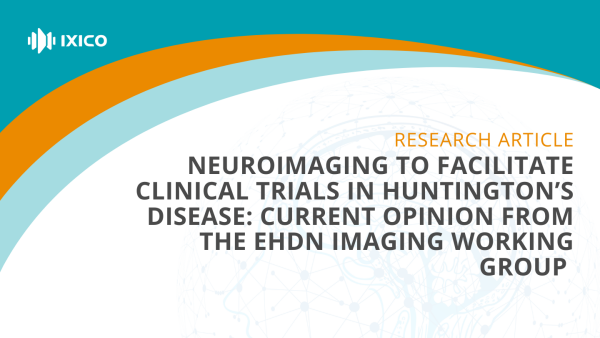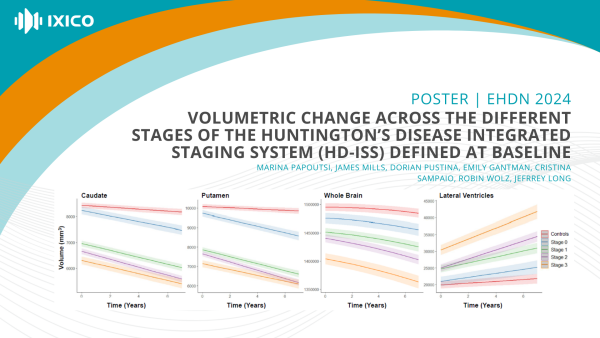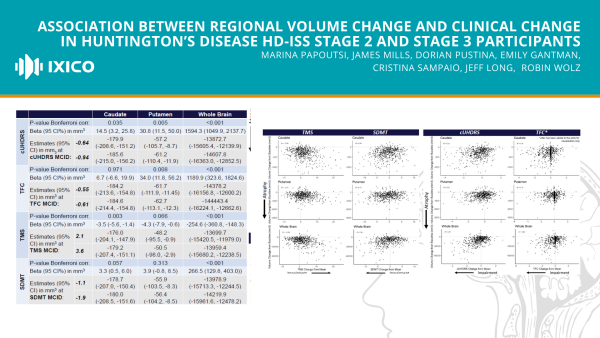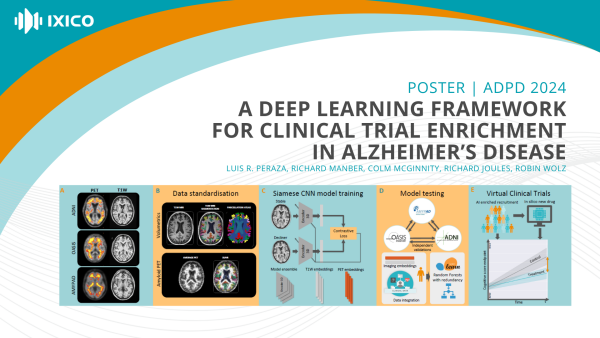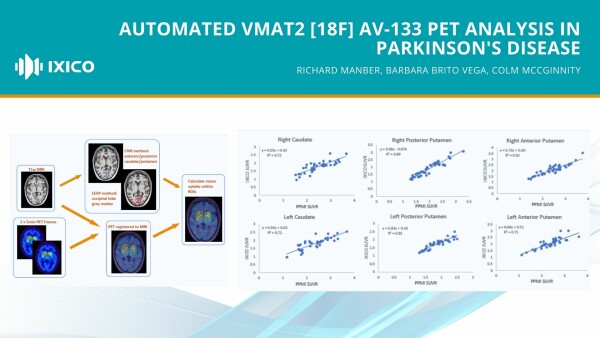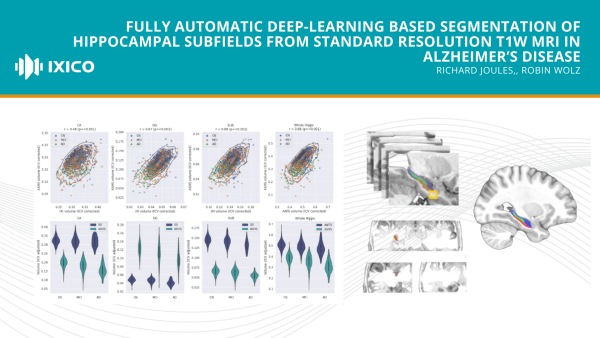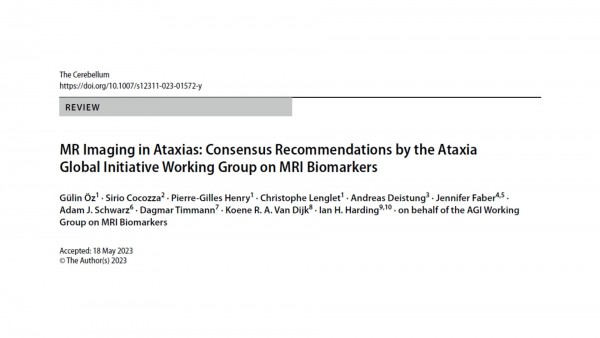Fully automatic detection and quantification of new white matter lesions using deep learning
Accurate detection, segmentation, and quantification of lesion dynamics in longitudinal MRI is crucial for monitoring disease progression in Multiple Sclerosis, and for evaluating the efficacy of therapeutic interventions. We present an efficient, automatic method utilising deep learning to assess lesion changes in FLAIR MRI with a high degree of accuracy.
Neuroimaging to Facilitate Clinical Trials in Huntington’s Disease: Current Opinion from the EHDN Imaging Working Group - IOS Press
This comprehensive overview of the roles of structural, functional, and diffusion MRI, PET, MRS, and MEG serves as a resource for effectively integrating neuroimaging methodologies into the design and execution of Huntington's disease clinical trials. The paper discusses their applications in patient selection, safety monitoring, and demonstrating efficacy.
Volumetric change across the different Stages of the Huntington’s disease Integrated Staging System (HD-ISS) defined at baseline
The HD Integrated Staging System enables classification of people with HD into four disease stages based on quantitative landmark assessments. Here we characterized volume change over time in the caudate nucleus, putamen, lateral ventricles, and whole-brain across participants starting in each of the different HD-ISS Stages at baseline and compared to healthy controls.
Association between regional volume change and clinical change in Huntington’s disease HD-ISS Stage 2 and Stage 3 participants
For HD-ISS Stage 2 and Stage 3 participants, whole-brain volume shows significant association with clinical change for all four clinical variables examined here. For caudate and putamen volume, the association depended on the clinical variable. Our results provide further evidence on the use of volume change as a surrogate endpoint.
A Deep Learning Framework For Clinical Trial Enrichment in Alzheimer’s Disease
The selection of participants at risk of cognitive decline in clinical trials, known as trial enrichment, increases the probability of trial success. It is estimated that by 2050, 153 million people worldwide will be living with a type of dementia. Hence, innovative trial recruitment strategies are necessary to accelerate treatment development.
Automated VMAT2 [18F] AV-133 PET analysis in Parkinson's disease
We discuss our latest work to evaluate a fully automated image analysis pipeline to process vesicular monoamine transporters type 2 (VMAT2) [18F]AV-133 tracer positron emission tomography (PET) images, by comparison with a methodology requiring manual intervention.
Fully automatic deep-learning based segmentation of hippocampal subfields from standard resolution T1W MRI in Alzheimer’s disease
Here we train an AI method to segment the hippocampus into subfields (CA1-3 CA4+DG, and Subiculum) from standard resolution T1W MRI alone to assess utility as biomarkers compared to whole hippocampal volume, in the absence of a high-resolution T2 MRI.
MR Imaging in Ataxias Consensus Recommendations by the Ataxia Global Initiative Working Group on MRI Biomarkers
As members of the Ataxia Global Initiative (AGI) MR Biomarkers Study Group that authored the paper Kirsi Kinnunen and Niccolo Fuin hope that these guidelines on harmonizing MRI data acquisition will be helpful for ataxia study sponsors.
1-8 of 10 results
